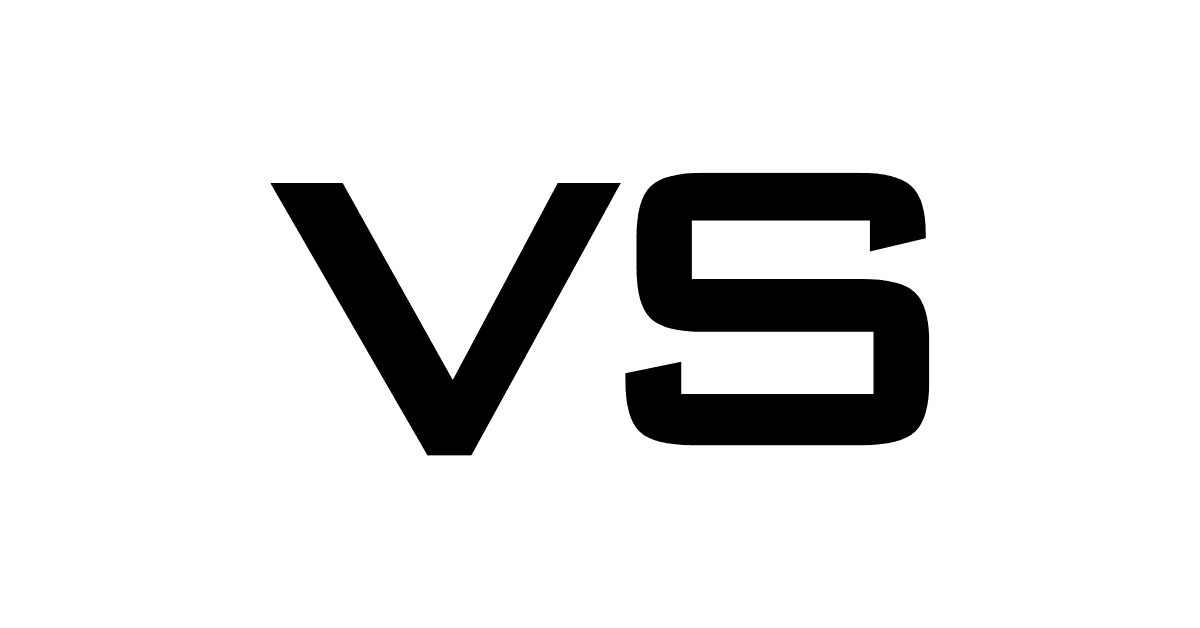If you’re trying to grow a mobile game, you’ve probably asked yourself this question:
Should I focus on App Store Optimization (ASO) or paid user acquisition (UA) to get more installs?
It’s a good question – and one that comes up a lot. ASO sounds appealing because it’s free, long-term, and helps you rank better. Paid UA, on the other hand, costs money… but it’s fast, scalable, and gives you full control.
Here’s the short version: paid UA drives installs faster and more efficiently, especially when you’re trying to scale quickly. But when combined with strong ASO, it gets even better.
In this article, we’ll break down what each strategy brings to the table, where each one shines, and how they actually work better together than most people think.
What Is ASO? (And What It Can Actually Do for You)
App Store Optimization, or ASO, is all about improving how your app shows up – and how it converts – on the App Store and Google Play.
It includes everything from choosing the right keywords and optimizing your title and description to improving your icon, screenshots, and videos. Ratings and reviews play a big role too.
Organic Discovery and the Long Game
ASO helps people discover your game without paid ads. When done right, it can bring in a steady flow of high-intent users who are actively searching for something like your game.
But here’s the thing – ASO takes time. It’s a long game that requires ongoing testing and updates. Results can be slow, especially if your game doesn’t already have strong momentum.
What ASO Is Great At
Where ASO really shines is in boosting conversion rates on your store page. When users land on your app from paid campaigns or search, strong visuals and messaging help turn visits into installs.
It also improves your organic rankings over time, which means you can earn more installs without paying for every click.
So yes, ASO matters. It’s essential for building long-term visibility and credibility in the stores.
But if you need installs now? You’ll need more than ASO to get there.
What Is Paid UA? (And Why It Drives Installs Fast)
Paid user acquisition (UA) means exactly what it sounds like – you’re paying to get users. Whether it’s through Facebook, TikTok, Google Ads, Unity, or dozens of other networks, you’re putting your game in front of the right people at the right time.
And when you do it right, it works fast.
The Growth Engine Behind Most Top Games
If you look at any top-chart mobile game, chances are it’s not just there because of organic discovery. It’s there because of a smart, well-funded UA strategy that’s constantly bringing in new users.
Paid UA gives you scale.
You can test mobile game ad creatives, target specific audiences, control your spend, and optimize based on real-time data. That means faster feedback loops and way more control than organic efforts alone.
What Paid UA Does Best
It’s the fastest way to grow. You can start a campaign today and see installs tomorrow.
You’re not just waiting around hoping users find your app – you’re actively reaching them with mobile game ads. That speed and precision are why paid UA is the go-to method for scaling installs, especially in competitive genres.
It’s also measurable. Every dollar you spend can be tracked, analyzed, and optimized. You can pause what’s not working and double down on what is.
When you need results, and need them fast, paid UA is the tool that gets it done.
ASO Vs Paid UA: Head-To-Head
Let’s break this down properly.
ASO and paid UA are both tools to drive installs, but they operate on totally different timelines, with different levels of control, and very different outcomes. This is where most mobile game teams hit a crossroads.
So let’s compare them in the areas that actually matter when you’re trying to grow.
Speed To Impact
If you’re launching a new game, testing a new market, or trying to hit KPIs fast, speed matters. And in this category, paid UA wins – every single time.
You can launch a campaign on Meta or TikTok today and start seeing installs within hours. You can test creatives, adjust your targeting, and scale campaigns in real time. The feedback loop is fast, which means you learn and grow faster too.
ASO, by contrast, takes time. You need to optimize your metadata, update visuals, build up reviews and ratings, and then wait for the store algorithm to catch on. In some cases, it can take weeks or months before you see noticeable organic growth.
So if you’re in a situation where speed is a priority, paid UA is non-negotiable.
Control And Measurability
With paid UA, you control everything: who sees your ad, what they see, when they see it, how much you spend, and what kind of user you’re targeting.
That level of precision just doesn’t exist with ASO.
ASO is important, but it’s reactive.
You’re at the mercy of the algorithm, store layout changes, and unpredictable trends. You can improve your store listing, but you can’t guarantee people will land on it. You can influence the outcome, but you can’t own it.
Paid UA, on the other hand, gives you crystal-clear data. You know what’s working and what’s not. You can shut off underperforming campaigns and scale what’s winning. It’s more science than guesswork.
If your growth strategy depends on control, clarity, and iteration, UA gives you the tools to do it right.
Cost Per Install (CPI) Considerations
ASO is often seen as “free” traffic, and yes, there’s no media cost attached. But it’s not truly free.
To succeed with ASO, you need a top-notch product, consistently strong ratings and reviews, and a deep understanding of how store algorithms work. You’ll also need time – lots of it – to test, update, and optimize. It’s an investment, just a different kind.
Paid UA, by contrast, comes with a clear cost. But it also comes with predictability and scale. You can budget for growth, test CPI vs. LTV, and model your user acquisition down to the cent.
If you’re trying to scale past a certain threshold or break into the top charts, organic alone usually won’t cut it. You need a system that can deliver volume and control.
And that’s what paid UA was built for.
Strategic Flexibility
One thing people don’t talk about enough: how flexible paid UA really is.
Let’s say your game performs better with a specific audience – 25–35-year-olds in Tier 1 countries who love puzzle games. With paid UA, you can go directly after them. You can tailor creatives, copy, and offers to fit their mindset and habits.
ASO can’t do that. You’re optimizing for broad store searches, not a specific player profile. It’s important, but it’s not precision targeting.
This kind of targeting flexibility is what separates fast-growing games from the ones that get stuck at low volume.
Why ASO And Paid UA Work Better Together
ASO and paid UA aren’t enemies. In fact, they work best when they support each other.
Think of paid UA as the fuel, and ASO as the engine. One without the other limits your growth. But when they’re aligned, you build something that runs smoother, faster, and longer.
ASO Improves Paid UA Performance
Here’s something we see all the time: you’re running great ads, your click-through rate is solid… but your install rate? Not so much.
Why? Because the App Store or Google Play page isn’t doing its job.
That’s where ASO comes in. When your store page is fully optimized – with the right keywords, visuals, messaging, and ratings – it boosts conversion rates for paid traffic. Every user you send to the store has a better chance of hitting “Install.”
And when that happens, your paid UA gets more efficient. Lower CPI, better ROAS, faster scaling.
Paid UA Boosts ASO Results
Here’s the flip side: ASO is heavily influenced by store algorithms. And what do those algorithms reward?
Install velocity. Ratings. Engagement.
All of which get a boost from a strong UA campaign.
So the more installs you drive through paid UA, the better your app ranks organically. And once your app ranks higher, you start pulling in more organic installs – even without spending more.
It’s a flywheel effect: paid UA fuels ASO, and ASO improves paid performance. Together, they create real momentum.
They Solve Different Problems
Paid UA gets users in the door. ASO helps keep the door open.
One is built for speed and scale, the other for consistency and store visibility. You need both to maximize installs across every stage of your app’s lifecycle – especially during launches, major updates, and seasonal spikes.
So while you can technically pick one or the other, the smartest mobile teams combine them. Paid UA brings the traffic. ASO makes the most of it.
It’s not either-or. It’s both, and that’s where the real growth happens.
Our Take: Start With Paid, Support With ASO
If your goal is to drive installs, test markets, and scale fast, paid UA is the move. It’s how you take control of your growth instead of waiting around for the algorithm to do you a favor.
But that doesn’t mean ASO is optional. It’s a key part of making your paid efforts work better – and making them more cost-effective over time.
Here’s how we see it play out, over and over again:
Start with paid UA to bring in volume, build your user base, and gather data. While you’re doing that, use ASO to polish your store page, optimize conversion rates, and build long-term visibility.
When you run both in sync, you’re not just driving installs – you’re building momentum.
And in mobile marketing, momentum is everything.
Final Thoughts on ASO vs Paid UA
If you’re weighing ASO vs paid UA, the answer isn’t black and white – it’s about what you need right now.
ASO is essential for long-term growth and store visibility. But it’s not built for speed.
Paid UA is what drives installs when you need results fast. It gives you control, flexibility, and a clear path to scale. And when paired with strong ASO, it performs even better.
So don’t think of it as a choice between two competing strategies. Think of it as building a system where each part strengthens the other.
If you’re launching a game, growing into new markets, or just trying to hit your next install milestone, start with paid UA. Then, layer in ASO to make every paid click go further.
That’s how you grow smarter. And faster.





![Mobile App Market Growth, Size, and Share [2025 Report]](/static/231d355e4558e7604b3988968bd48b56/0ccb9/mobile-app-market.png)

Comments